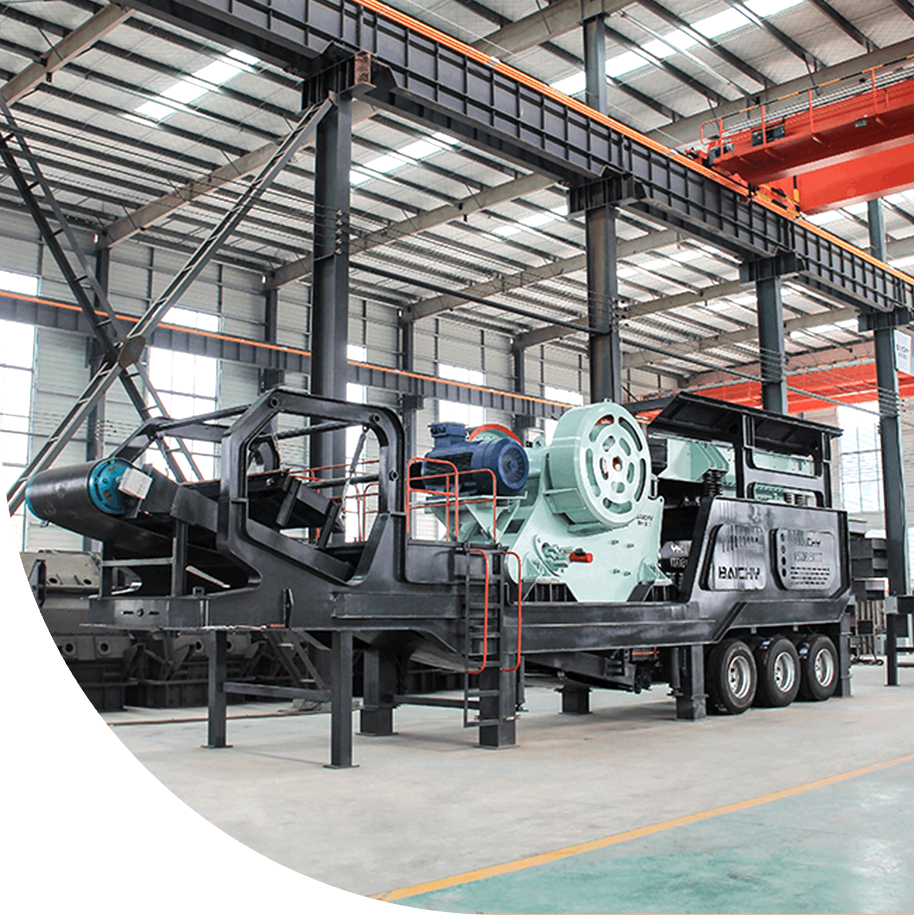Spiral Classifier
A spiral classifier is a key piece of equipment in mineral processing, used for particle size separation, dewatering, and sand washing. It works by using a rotating spiral to lift coarse materials out of a slurry while allowing fine particles to settle and discharge as overflow. Spiral classifiers are commonly used in grinding circuits, ore washing, and mineral concentration plants, ensuring efficient classification and improved downstream processing.
-
100-325 mesh
Feed Size
-
1.1 - 15 kw
Motor Power
-
6-400 tph
Processing Capacity















